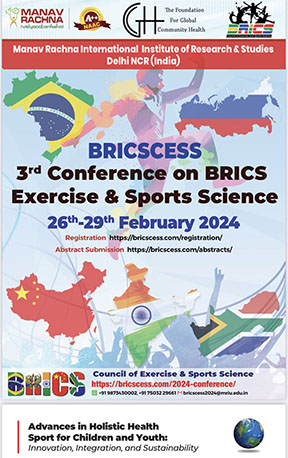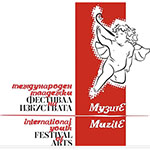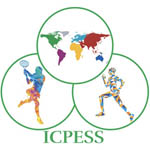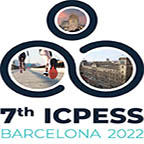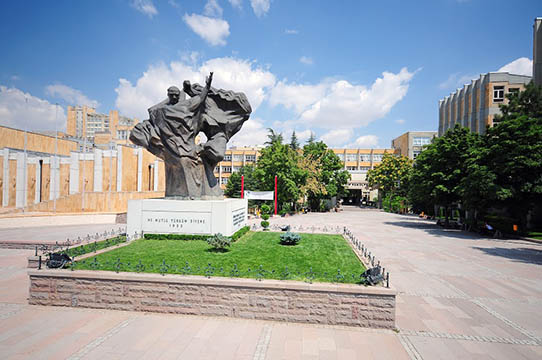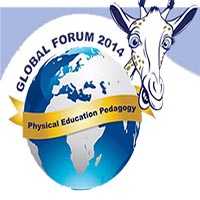
Northwest University
Potchefstroom, South Africa
Physical Education and Health: Promoting Best Practices
May 15-17, 2014
The third in a series of biennial international forums known as the Global Forum for Physical Education Pedagogy (GoFPEP) was hosted by the North-West University – Potchefstroom Campus in South Africa. Initially established in 2010, GoFPEP has drawn together academics, professionals, educators, businessmen and government leaders to discuss the ways in which individuals working holistically can promote reform in the areas of health and physical education (Edginton, Chin & Naul, 2012, p.32). GoFPEP seeks to address two major elements in its process of discovery. The first is to discover and reveal “best practices” in the teaching of health and physical education and the second is to revitalize the way in which health and physical education teachers are prepared.


GoFPEP as it is currently organized has framed itself as a new social movement. Like other social movements, GoFPEP seeks change and works to promote collective or group action aimed at the challenges of obesity and overweight amongst children and youth worldwide (Tilly, 2004). As has been noted by Macionis (2009, p. 487), “. . . people commonly band together to form a social movement . . . an organized activity that encourages . . . social change.” As such, GoFPEP seeks to challenge existing institutional structures and ways of practice and teaching. GoFPEP as a social movement is working to bring about social change by creating new ways of thinking as well as proposing new solutions to existing problems. As a social movement, GoFPEP seeks to network individuals on a worldwide basis to influence to bring about change.

GoFPEP 2014 was focused on the theme of “Physical Education and Health: Global Perspectives and Best Practice.” Keynote invitations, invited speakers, workshops and school visitations were included in the program as well as several discussion sessions. The program included over 80 delegates from nearly 50 countries. The program was endorsed by 111 different professional organizations, universities, agencies and institutions. Delegates were asked to prepare a poster presentation which revealed best practice in their home environment. In addition, poster presentations included research which revealed in an applied fashion evidence of best practice in schools and community settings. The program focused on examining best practice using an interdisciplinary and trans-disciplinary approach with applications in community based settings.

Presentations by the invited speakers focused on the interesting and interactive approached of increasing physical activity in the different cultural contexts. Best practice physical activity in schools from Western, Asian, European and African settings was presented. From the presentations is became obvious that tradition and cultural influences cannot be ignored when physical activity and physical education changes are negotiated. Deep rooted traditions are captured within the way different groups choose to move and engage in physical activity. The application of physical activity to enhance the learning experience of children was an approach used in both Europe and Africa. Math, history and geography to name a few, are taught through various games that involve movement and physical activity.
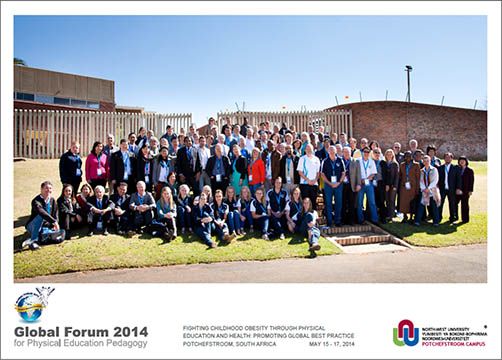 Photo Gallery
Photo Gallery
